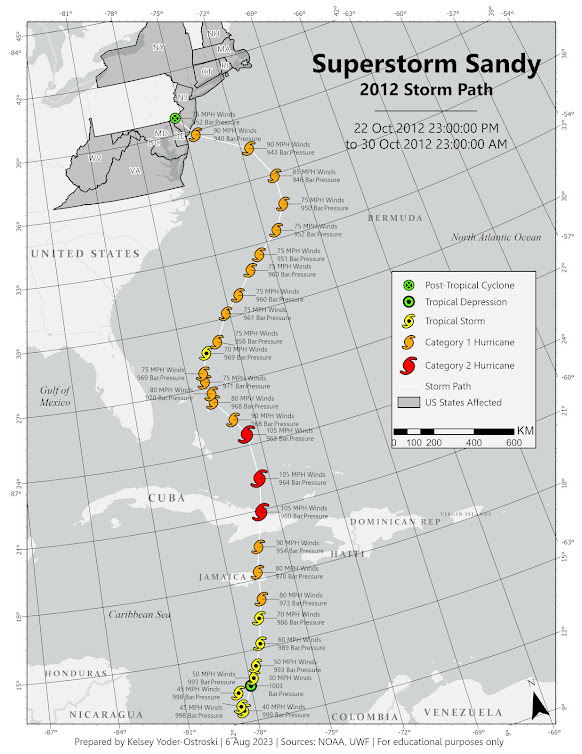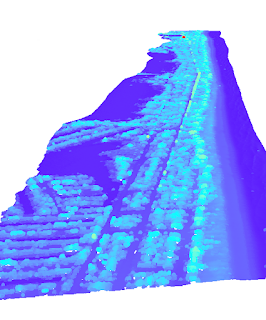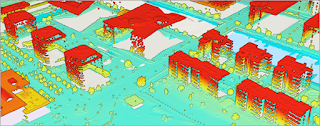Assessing Storm Damage

This week we continued exploring the aftermath of Hurricane Sandy by tracing its path in the Atlantic and inspecting just a small portion of the damage it caused. By using NOAA data, we created a storm path map to illustrate Sandy's course as it began as a tropical depression, strengthened to a category 2 hurricane, and subsided into a post-tropical cyclone. Next, we explored a small study area of 1 square mile off the coast of New Jersey and performed a damage assessment. Each property had to be identified and categorized using "domains". Each domain provides a dropdown menu of subtypes, which are pre-specified levels of damage. This is a useful tool for limiting the number of choices and reinforcing data integrity. Imagine telling a hundred people to describe thousands of buildings after a major storm. The responses would be wild! Overall, it is difficult to discern what damage has occurred and to what extent. A great deal of assumption was done on my part based on pe...



